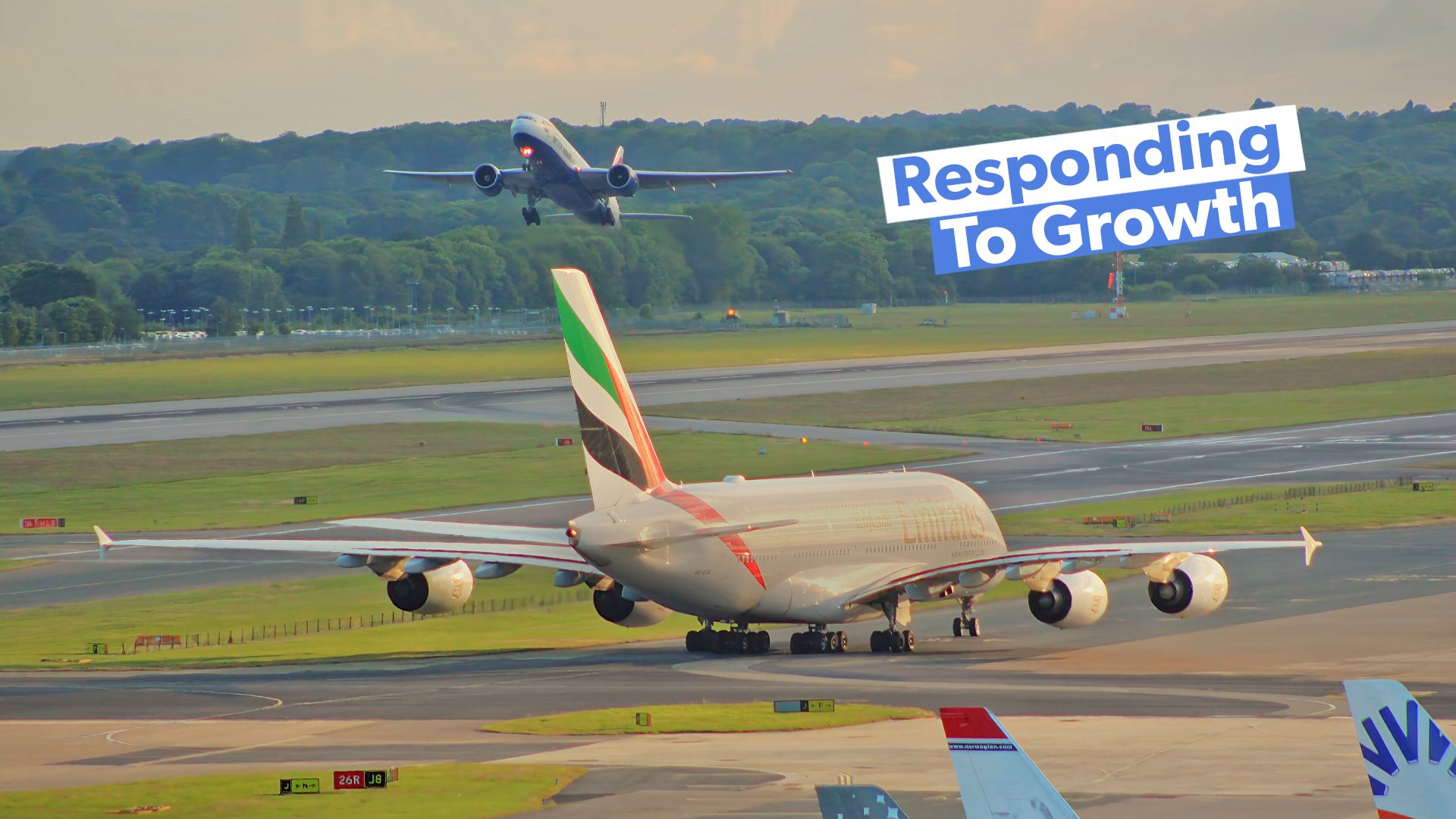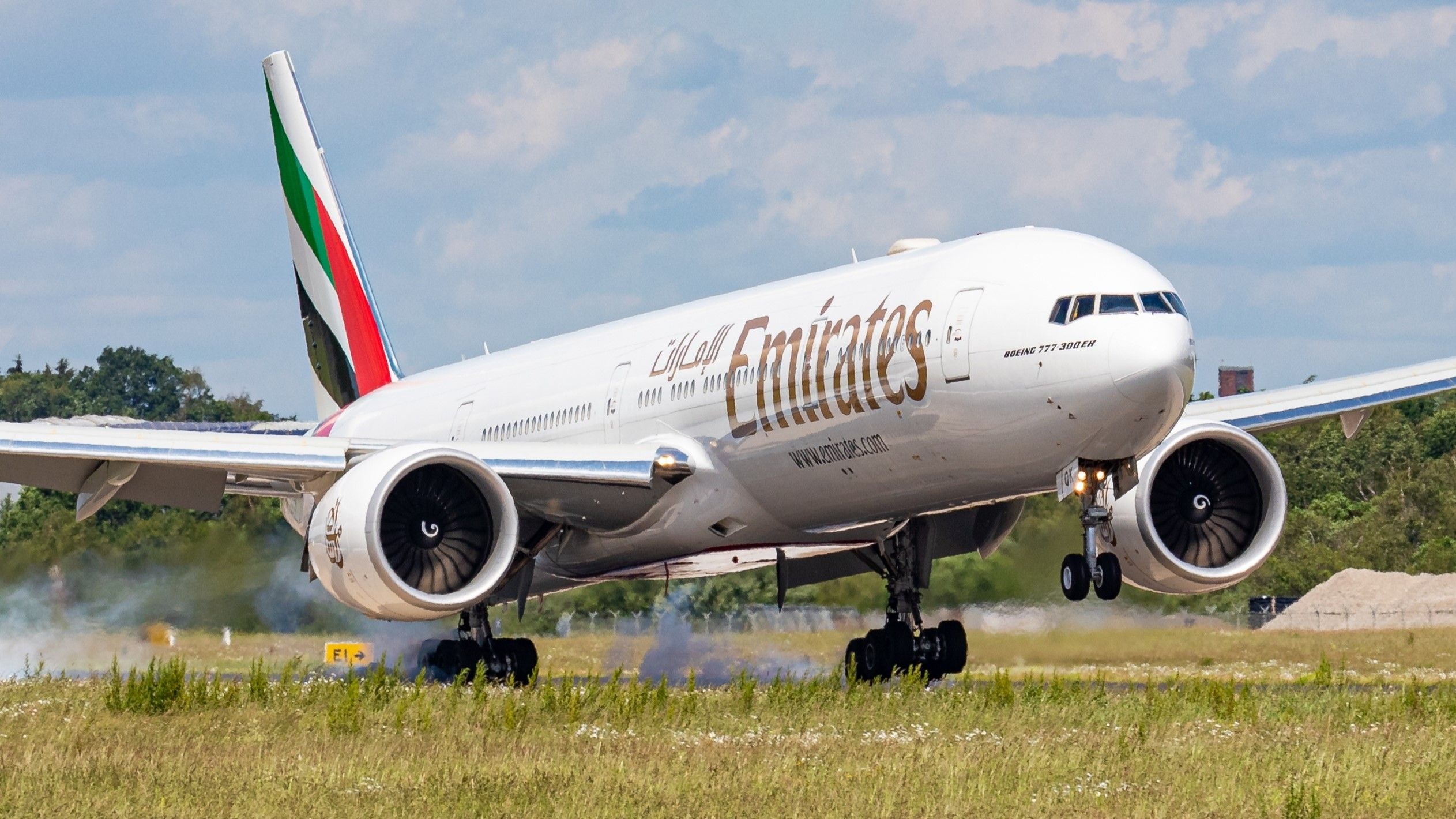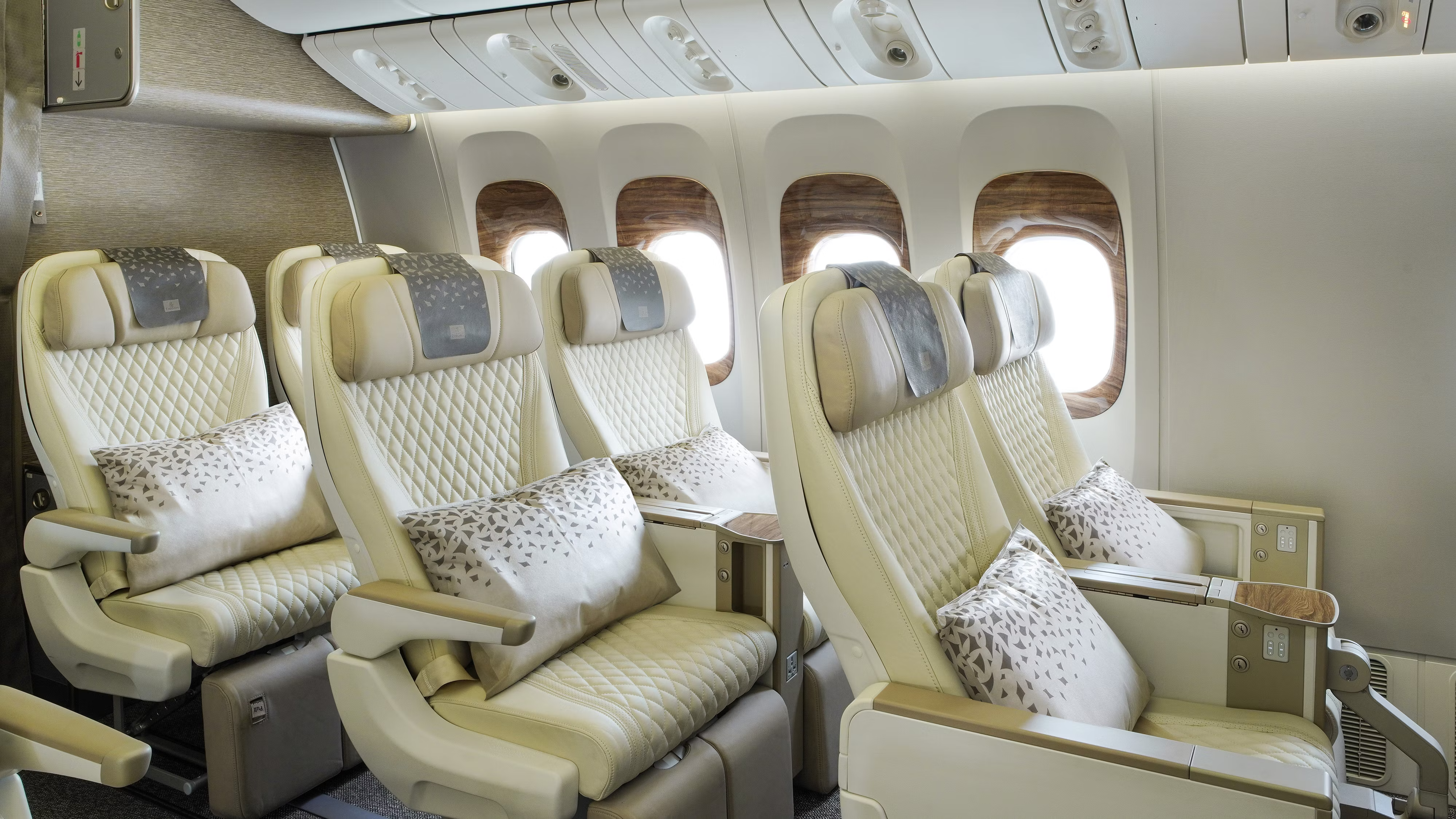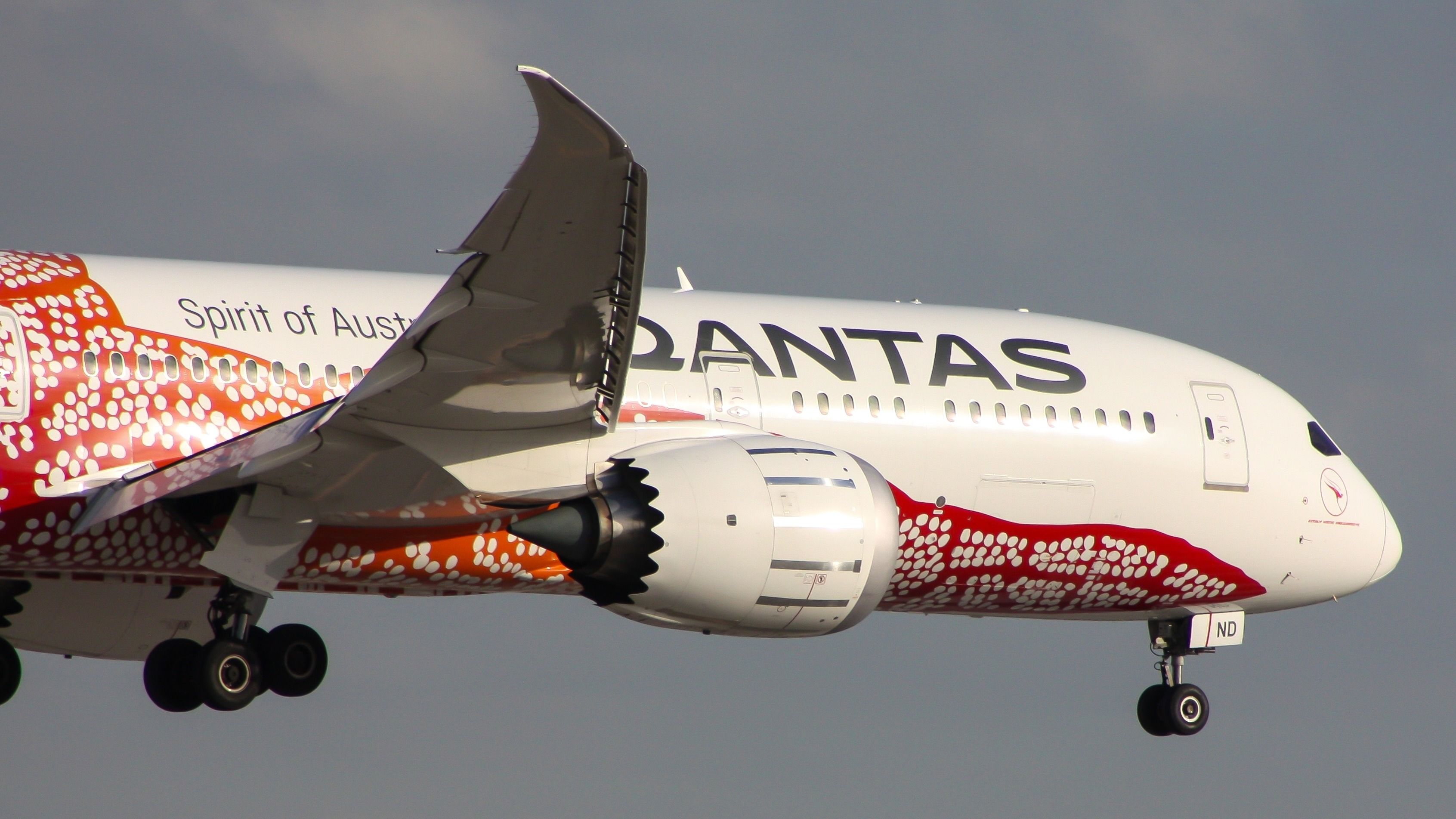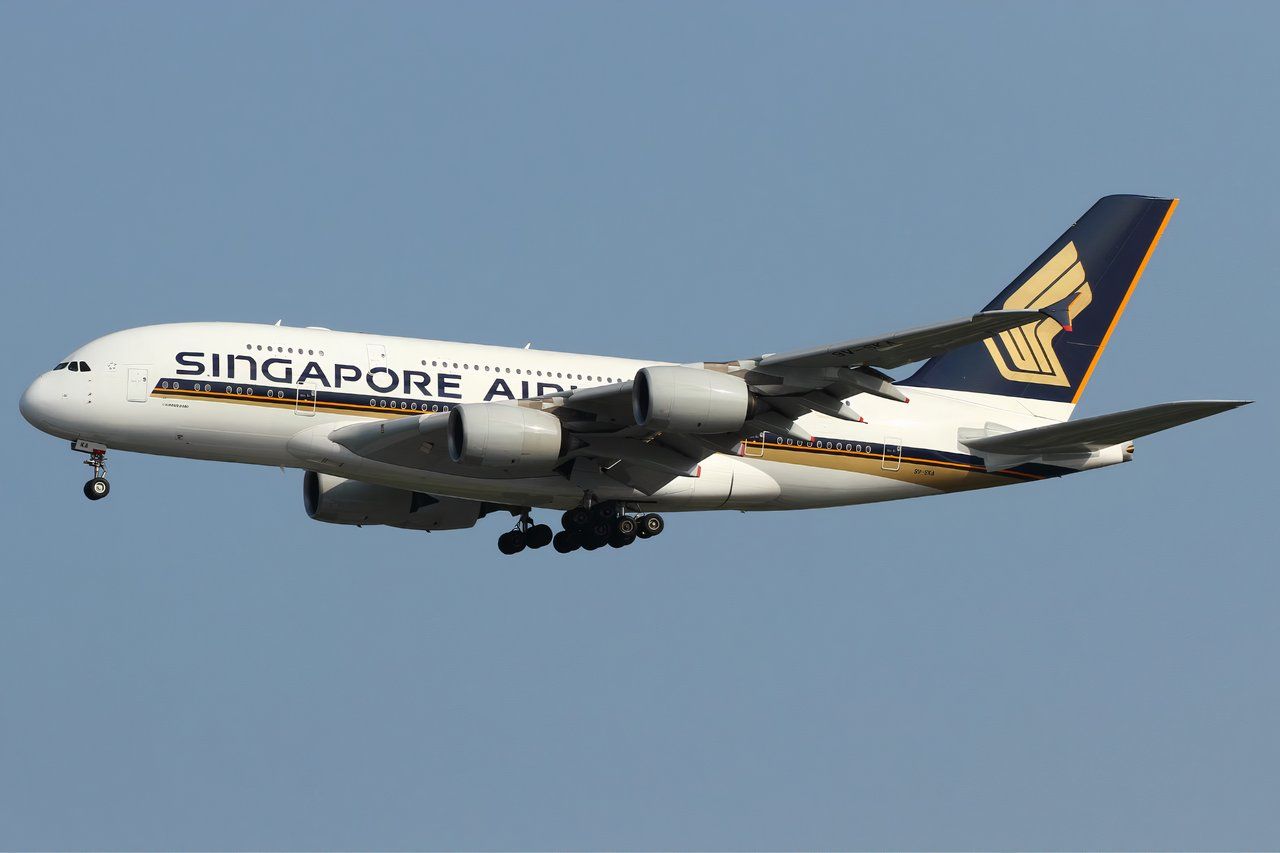The rise of large multinational full-service airlines in the Middle East, like  Emirates
Emirates
, ![]() Etihad Airways
Etihad Airways
, and ![]() Qatar Airways
Qatar Airways
, has drastically shifted the global commercial aviation landscape, leading to an environment that has significantly weakened the dominance of European and Asian legacy airlines flying between Europe and the Asia-Pacific region.
These legacy airlines, all of which have emerged as state-supported projects from the governments of Middle Eastern nations, are one of the many initiatives undertaken by sovereign wealth funds from these oil-rich gulf nations to help transition economies away from a reliance on oil wealth.
While the development of airlines like Emirates, Etihad, and Qatar Airways has undeniably been a boon to nations from a profitability perspective, it has also provided them with numerous opportunities to develop strong business travel networks for their up-and-coming economic capitals.
Photo: Wirestock Creators | Shutterstock
These carriers have developed a new model, that of the global superconnector. Historically, legacy airlines have derived a significant portion of their passenger traffic from connecting passengers, but none did so on such a scale as the major Middle Eastern players.
For the first time, European and Asian airlines like Singapore Airlines and British Airways, which had historically enjoyed relative dominance on routes between the two continents, were facing serious competition.
The Middle Eastern carriers offered better quality of service and had a much broader array of one-stop destinations available than their European counterparts. Let’s take a look at five key ways in which European and Asian airlines responded to the rapid growth of Emirates, Etihad Airways, and Qatar Airways.
1
Increasing the quality of onboard service
Improving onboard service serves two key purposes:
- Diminishing the effect of high-quality service from European airlines
- Continuing to appeal to high-spending business travelers
One of the major challenges posed by the market entry of carriers like Emirates is that their lavish business and first-class products began to encourage high-spending business travelers to fly on these Middle Eastern alternatives to the airlines they were used to flying on.
By improving service quality in the premium cabins, European and Asian carriers were able to recapture some business traveler traffic that had been lost.
Furthermore, economy-class travelers were also beginning to notice the improved quality of service on these Middle Eastern carriers.
While many European carriers made marginal adjustments to their quality of service in the economy cabins, many Asian airlines, like Singapore Airlines, made drastic improvements in inflight service quality to match Middle Eastern competitors.
2
Creating new kinds of markets that Middle Eastern carriers were unable to touch for years
The best example of this is premium economy
To respond to the premium offerings of airlines like Emirates, European and Asian legacy airlines began installing premium economy cabins, which targeted travelers looking for a nicer product than economy without the price tag of business class, according to Forbes.
According to Xiaowen Fu and James Peoples’ 2019 book Airline Economics in Asia, Singapore Airlines first began installing premium economy on aircraft in 2016.
Photo: Emirates
In recent years, Middle Eastern airlines have increasingly grown more interested in premium economy and have begun installing it on some aircraft. Competitor Singapore Airlines currently operates premium economy cabins on all the following aircraft:
- Airbus A350-900
- Airbus A350-900ULR
- Airbus A380-800
- Boeing 777-300ER
3
Significant investment in hub airports
The following three Middle Eastern hubs have become some of the world’s most dynamic facilities:
- Dubai International Airport (DXB)
- Abu Dhabi International Airport (AUH)
- Doha Hamad International Airport (DOH)
Photo: HasanZaidi | Shutterstock
As airlines built around massive amounts of connecting passenger traffic, the Middle Eastern carriers have invested heavily in their hub airports, which are among the world’s highest-rated airports.
To compete, airlines, especially those from the Asia-Pacific region, have invested heavily in their hubs. Singapore Changi International Airport (SIN), for example, has consistently been rated one of the world’s best airports over the past two decades.
2:29
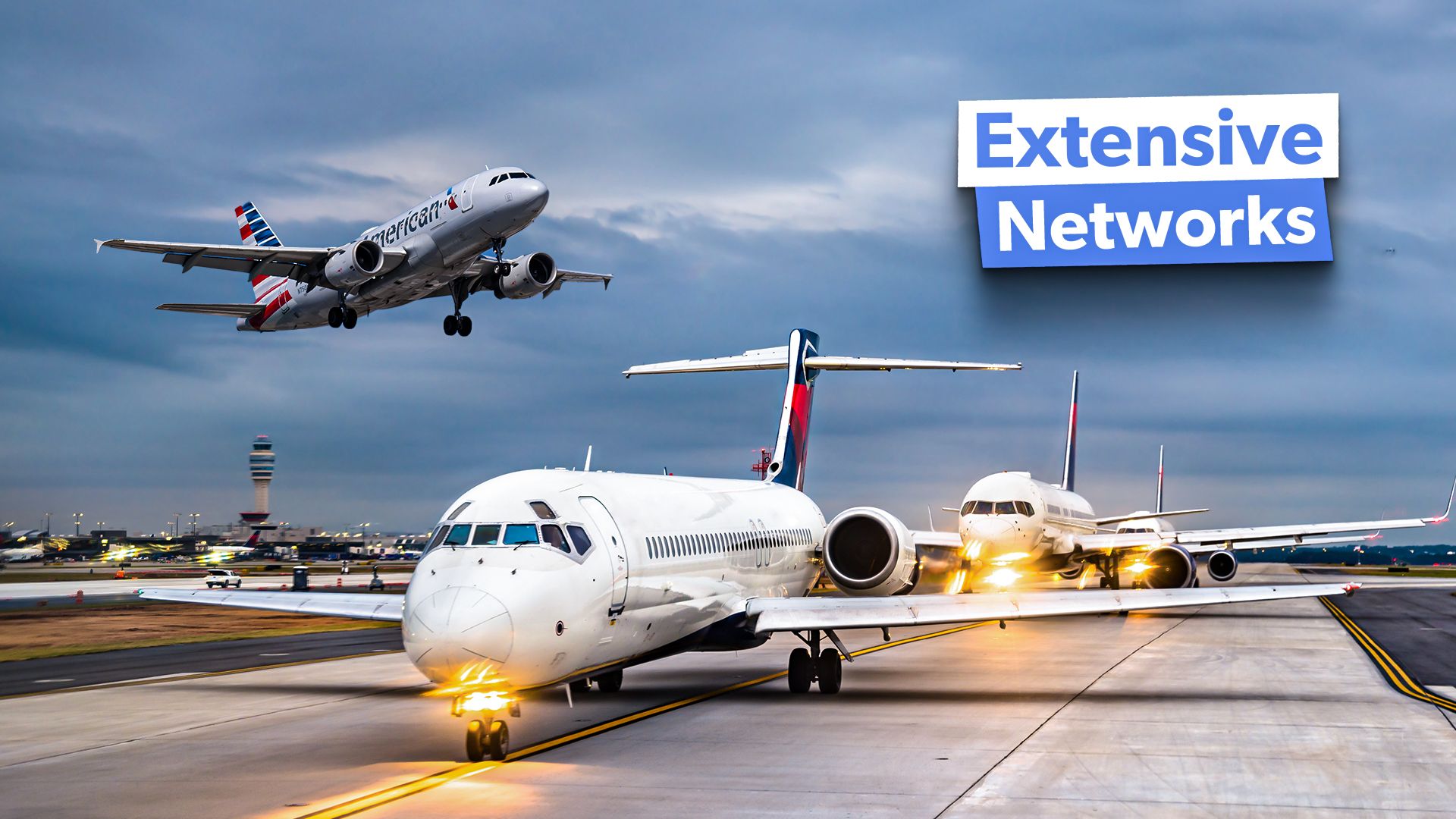
Related
Top 5: These Are The Most Well-Connected Airports In The US
Surprisingly, the list does not include any New York area airports.
4
Introduction of more point-to-point routes
European and Asian airlines have begun to serve more routes to secondary cities
Middle Eastern Airlines are often able to offer a significantly wider array of destinations on one-stop itineraries than European competitors.
While British Airways and Qantas a decade ago only operated a single one-stop flight each from Australia to the UK, Emirates, Qatar Airways, and Etihad operated services on dozens of different one-stop routings, including all the following:
- Manchester—Abu Dhabi—Melbourne
- Lyon—Dubai—Brisbane
- Malaga—Doha—Adelaide
Photo: Austin Deppe | Shutterstock
Partially thanks to the advent of new ultra-long-haul aircraft like the Airbus A350-900 and the Boeing 787, European carriers alongside those from Asia-Pacific have been able to expand their offerings from secondary cities. Australian flag carrier Qantas, for example, launched nonstop flights to London Heathrow (LHR) and Perth International Airport (PER).
1:17
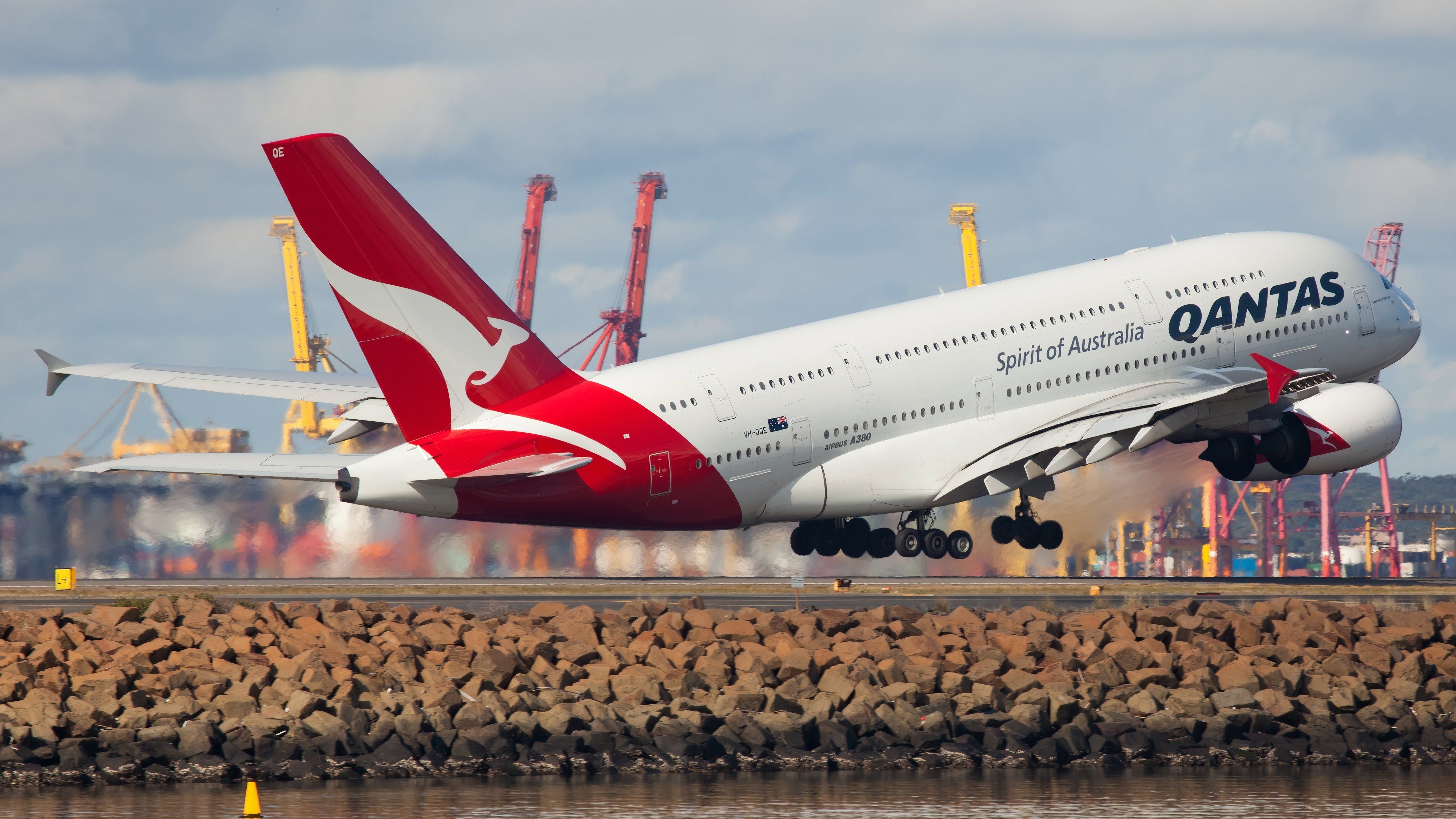
Related
Qantas Confirms Airbus A380 Return To Dallas/Fort Worth In 2025
Australian flag carrier Qantas has filed plans to return Airbus A380 operations to Dallas/Fort Worth after a five-year hiatus.
5
Other airlines have begun to price-match the Middle Eastern super connectors
This strategy is necessary for a few key reasons:
- Once airlines were able to improve their service quality enough, they could offer the same fares as the Middle Eastern carriers
- This would help push passengers towards nonstop options that did not involve stopping in the Middle East
Middle Eastern legacy airlines can operate at a significant price advantage, likely due to discounts on fuel from their home nations. As a result, they can offer significantly lower prices than most European Airlines.
Photo: JEERAPAN JANKAEW | Shutterstock
Eventually, carriers like Singapore Airlines were forced to get crafty and would instead begin to match the prices offered by Emirates and Etihad on certain routes. This eventually made it harder for passengers to book flights that stopped in the Middle East, as there was no longer a major price or passenger experience difference.

